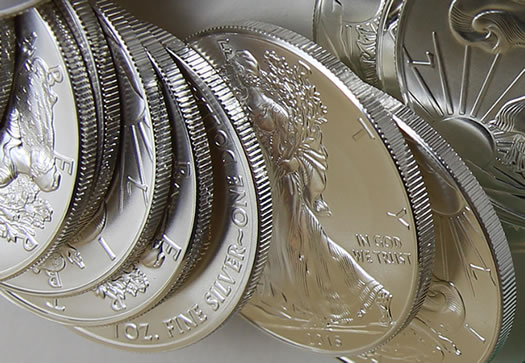Currency Futures
Basic Information about Currency Futures in India
Basic Information about Currency Futures in India
- Rupee Appreciation and Depreciation
Rupee appreciates (strengthens) against USD, when the price of Rupee drops, which in turn means you have to pay less amount of Rupee to buy one USD. Conversely, when the price of Rupee goes up, it is termed as Rupee depreciation (weakening) against USD.
- Currency Future
Currency future is one type of derivative contract like any other stock future or index future. It is a standardized contract where the underlying is currency. It is an agreement to buy or sell currency at a future date at a price at which the transaction takes place.
- Currency Future – Legal Definition
Currency future is a security as defined under SCR Act, 1956 (Securities Contract Regulation Act). Under SCRA, 1956, definition of ‘Security’ is as under
- A security derived from a debt instrument, share, loan (secured or unsecured), risk instrument or contract for differences or any other form of security
- A contract, which derives its value from the prices or index of prices of underlying securities
- Direct Quotes
It expresses price of a foreign currency in terms of domestic currency. For example – 46 INR/USD is a direct quote for Rupee in India whereas, 0.02174 USD/INR (1÷46) is a direct quote for Rupee in USA.
- Indirect Quotes
It expresses price of domestic currency in terms of foreign currency. For example – 0.02174 USD/INR (1÷46) is an indirect quote for Rupee in USA whereas, 46 INR/USD is an indirect quote for Rupee in USA.
- Base Currency
Currency that is traded is called as ‘base currency’. In USD/INR pair, USD is the base currency.
- Quote Currency
Currency that is used to pay for the transactions is called as ‘quote currency’. In USD/INR pair, INR is the quote currency.
- Market Depth
Market depth or market by price is the order book of the exchange that displays five best buy and sell orders along with the quantity, last traded price and total traded quantity. Table as under shows a typical order book. Make a note that buy prices are in descending order whereas sell prices are in ascending order.
| Buy Quantity | Buy Price | Sell Price | Sell Quantity |
| 250 | 45.8100 | 45.8375 | 22 |
| 33 | 45.7975 | 45.8525 | 1 |
| 7 | 45.7900 | 45.8600 | 222 |
| 1000 | 45.7775 | 45.8675 | 75 |
| 10 | 45.7700 | 45.8800 | 29 |
| 1300 | Total Buy Quantity | Total Sell Quantity | 349 |
| Last traded price | 45.82 | ||
| Total traded quantity | 34854 | ||
- Spread
Spread is the difference in the best buy and best sell price of currency future contract. In the above table spread = 45.8375 – 45.8100 = 0.0275. Lower spread implies higher liquidiy.
- Spread Contract
Spread contract (Calendar Spread) involves long position (buy) in one contract of currency future and short position (sell) in another contract of currency future.
- Bid
Bid is the rate at which the buyer (dealer or market-maker) is willing to buy.
- Offer (or ask)
Offer (or ask) is the rate at which the seller is willing to Sell.
- Tick Size
Tick size is the minimum incremental value with which the buyer/seller has to submit the quotes. In a currency derivative contract, the tick size is 0.25 paisa i.e. 4 ticks = 1 paisa. Hence, the buyer/seller has to furnish the quotes in the steps of 0.0025 and multiples of 0.0025. In an equity or equity derivative or index derivative, the tick size is 5 paisa.
- MTM
Mark to market is the term for daily margin obligations based on the profit and loss of an existing position computed with respect to daily settlement price declared by the exchange.
- DSP (Daily settlement price)
Daily settlement price is the weighted average price of last half an hour’s trade. Exchanges disseminate DSP on their website.
- Contract Expiry or Maturity and Final Settlement
- At present twelve monthly Currency Future contracts are available for trading.
- Monthly currency futures contracts expire on the last business day (excluding Saturdays) of the month, which is the final settlement day of the particular month’s contract.
- Final settlement is on T+2 basis, so the last trading day is two working days prior to the last business day.
- The expiring contract stops trading at 12.00 noon on the last trading day.
- Why does it stop at 12.00 noon? RBI declares its reference rate at 12.00 noon and final settlement is on cash basis with respect to RBI reference rate and not as per DSP.
- Example – For September 2008 contract, last trading day is 25th September (last business day) at 12.00 noon. Final cash settlment would take place on T+2 basis on 29th September (27th and 28th being Saturday and Sunday)










